What is IoT and how does it work? The Internet of Things (IoT) represents a wide variety of applications and industries. There are a number of IoT use cases that requires the following infrastructure::
- Cloud connectivity which includes industrial automation, asset tracking, home tracking, etc., using advanced technologies like cellular networks like LTE-M, NB-IoT, GSM, etc, or Wifi.
- Advance long-range local networks (smart agriculture, smart city, etc) by using technologies such as Sigfox, LaRa, Zigbee, etc. These are some of the top IoT technologies for the future.
- Short-range of local networks (helps in tracking health parameters with the help of wearables, smart houses, etc) by using technologies such as ZWave, BLF, NFC, etc.
The basics of IoT infrastructure are the same across many applications, despite variations in implementation details. Building dependable IoT systems across businesses requires a thorough understanding of IoT infrastructure. We’ll go in-depth on IoT infrastructure in this article to help you develop your IoT skill set.
In this article, we have discussed in depth the IoT requirements which are necessary to build a strong and interactive IoT device for consumers. This IoT infrastructure guide will help you understand the network and system that act as a building block for IoT devices.
There are certainly some challenges that the IoT industry is facing while lack of talent remains a major concern.
IoT Infrastructure Requirements
Starting off with basics, the Internet of Things infrastructure is the system that interconnects devices that have embedded processing abilities and sensors. Note that it is not important for devices to use the Internet. IoT allows devices to connect with one another without the Internet.
Keeping that in mind, let’s discuss the things involved in the infrastructure.
| IoT Infrastructure Elements |
| IoT Infrastructure Elements |
Description |
| Controller |
It is the brain of the IoT device; acts as a bridge between the network and the sensor, plus performs onboard storage and computation |
| Sensor |
Measure physical quantities that are shared over the networks by IoT devices |
| Network |
It allows your device to exchange data to other devices locally, or using Cloud |
| Cloud |
Storage, computing, and gateway system access over the internet |
| Data Analytics |
The instruments and resources that allow users to get understanding from the data received by an IoT system (typically on the Cloud) |
| User-facing Application |
Applications for mobile and the web that let users connect with IoT systems and view data |
Further we will take a closer look to the IoT infrastructure that makes devices more advance and responsive. The below terms are the perfect definition of IoT infrastructure with examples.
IoT Sensor
An IoT (Internet of Things) sensor is a small electronic device that is capable of detecting and measuring physical or environmental conditions, such as temperature, humidity, light, sound, motion, pressure, and more. These sensors are connected to the internet, allowing them to transmit data wirelessly to a cloud-based platform, where it can be analyzed, processed, and used to automate various tasks or provide insights.
IoT sensors are a critical component of the Internet of Things, which is a network of interconnected devices that collect and share data to improve efficiency, productivity, and safety in various industries. They can be used in a wide range of applications, from smart homes and buildings to industrial automation, healthcare, agriculture, and more. These are some of the IoT infrastructure examples which bring great results.
IoT Controller
An IoT controller is a device or software application that is used to manage and control IoT devices and sensors in an Internet of Things (IoT) network. It acts as a bridge between IoT devices and the cloud or other applications, enabling data to be collected, analyzed, and acted upon.
IoT controllers can be physical devices, such as a gateway or a router, or they can be software applications that run on a server or in the cloud. They typically provide features such as security, authentication, data management, device monitoring, and remote control.
An IoT controller can be used in a variety of IoT applications, such as smart homes, industrial automation, healthcare, agriculture, and transportation. It plays a crucial role in making IoT networks scalable, secure, and manageable. IoT health monitoring system is one of the most successful IoT systems that have changed the healthcare sector.
IoT Network
An IoT (Internet of Things) network is a group of connected devices, sensors, and systems that can communicate with each other and exchange data using internet protocols. The devices in an IoT network can be embedded with sensors and processors that enable them to collect, transmit and receive data.
IoT networks can be designed to support a wide range of applications, such as smart homes, smart cities, industrial automation, healthcare, and transportation. The devices in an IoT network can be connected using various wireless and wired communication technologies, such as Wi-Fi, Bluetooth, Zigbee, cellular networks, and satellite networks.
IoT Cloud
An IoT cloud is a cloud computing platform that is designed to support Internet of Things (IoT) applications. It provides a set of cloud-based services and tools that enable IoT devices and sensors to connect, communicate, and exchange data with other devices, applications, and users over the internet.
An IoT cloud platform typically includes components such as data storage, data processing, analytics, device management, and application development tools. It also provides APIs (Application Programming Interfaces) that allow IoT software developers to build custom IoT applications and integrate them with other software systems.
User-facing IoT Applications
User-facing IoT applications are software programs that provide an interface for end-users to interact with IoT devices and systems. These applications are designed to enable users to monitor and control IoT devices, access data generated by the devices, and configure device settings.
Examples of user-facing IoT applications include smart home apps, wearable health, and fitness apps, and connected car apps. These applications typically run on mobile devices such as smartphones and tablets, but can also be accessed via desktop and laptop computers.
IoT Security
IoT security refers to the set of practices, technologies, and protocols designed to protect Internet of Things (IoT) devices, systems, and networks from unauthorized access, theft, data breaches, and other cyber threats. The unique characteristics of IoT devices, such as limited computing power, wireless connectivity, and remote management, create unique security challenges.
The security of IoT devices and systems is critical to prevent attacks that can have serious consequences, such as data theft, privacy breaches, system disruptions, and physical harm. An IoT security strategy typically involves multiple layers of protection, including secure hardware design, secure communication protocols, and secure data storage and transmission.
IoT Analytics
IoT analytics refers to the process of collecting, processing, and analyzing data generated by Internet of Things (IoT) devices and systems to generate insights and inform decision-making. IoT analytics enables organizations to gain a deeper understanding of their operations, customers, and business processes, and identify patterns and trends that can be used to optimize performance, reduce costs, and improve customer experience.
IoT analytics involves the use of advanced analytics technologies such as machine learning, predictive analytics, and data mining to make sense of large volumes of data generated by IoT devices. IoT analytics can also involve real-time data processing and visualization to enable timely decision-making and action.
These are some of the advantages of IoT infrastructure that provide strength and security to IoT devices. Adequate Infosoft is one of the leading IoT software development companies that provide the right talent pool and quality services.
The post What is IoT infrastructure | How does it work appeared first on .
Tags:
- iOS Development
- Iot Software Development
- Internet of Things infrastructure
- iot infrastructure
- iot infrastructure guide
- what is iot and how does it work

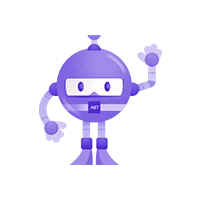 .NET MAUI Development
.NET MAUI Development
 Xamarin Application Development
Xamarin Application Development
 React Native App Development
React Native App Development
 iOS Application Development
iOS Application Development
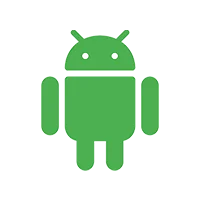 Android Application Development
Android Application Development
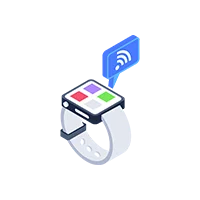 Android Wear App Development
Android Wear App Development
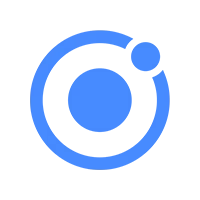 Ionic Development
Ionic Development
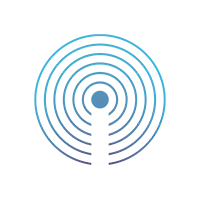 iBeacon Application Development
iBeacon Application Development
 Universal Windows Platform (UWP)
Universal Windows Platform (UWP)
 Kotlin Application Development
Kotlin Application Development
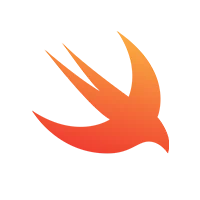 Swift Application Development
Swift Application Development
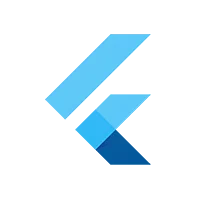 Flutter Application Development
Flutter Application Development
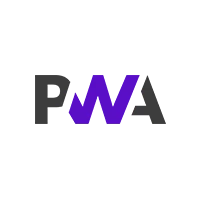 PWA Application Development
PWA Application Development
 Offshore Software Development
Offshore Software Development
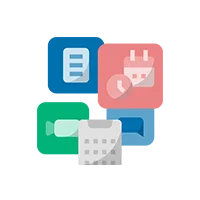 Custom Application Development
Custom Application Development
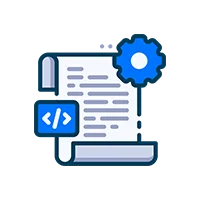 Front-End Development
Front-End Development
 Full Stack Development
Full Stack Development
 AI & Machine Learning
AI & Machine Learning
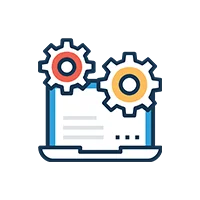 Custom CRM Solutions
Custom CRM Solutions
 Flask Software Development
Flask Software Development
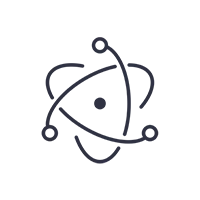 Electron JS Development
Electron JS Development
 ChatGPT Development
ChatGPT Development
Telemedicine App Development
Build Smart Telemedicine Platform
Beauty & Salon App Solutions
Hire Workato Experts
Workato Consulting & Support
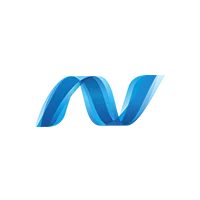 .NET Application Development
.NET Application Development
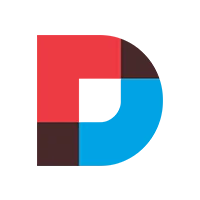 .NET Nuke Development
.NET Nuke Development
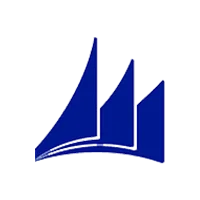 Microsoft Dynamics CRM
Microsoft Dynamics CRM
 Microsoft Small Business Solution
Microsoft Small Business Solution
 VB .NET Development
VB .NET Development
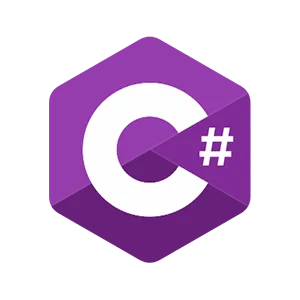 C# Development
C# Development
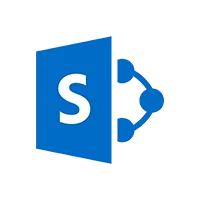 Sharepoint Migration
Sharepoint Migration
 Sharepoint Development
Sharepoint Development
 ASP.NET Core Development
ASP.NET Core Development
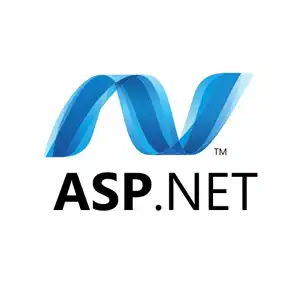 ASP.NET Development
ASP.NET Development
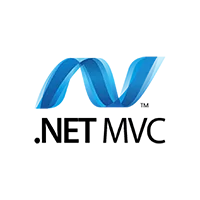 ASP.NET MVC Development
ASP.NET MVC Development
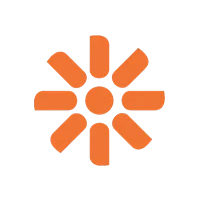 Kentico CMS
Kentico CMS
 Umbraco CMS
Umbraco CMS
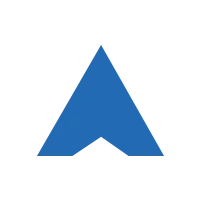 AJAX Development
AJAX Development
 Agile Development
Agile Development
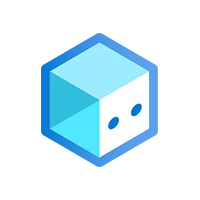 Microsoft Bot
Microsoft Bot
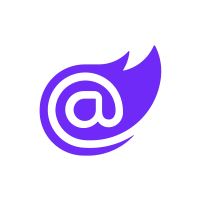 Microsoft Blazor
Microsoft Blazor
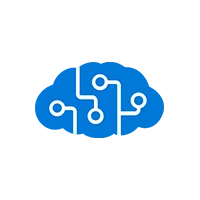 Microsoft Azure Cognitive
Microsoft Azure Cognitive

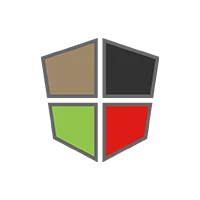 Mean Stack Development
Mean Stack Development
 Vue JS Development
Vue JS Development
 Javascript Development
Javascript Development
 Angular JS Development
Angular JS Development
 Next JS development
Next JS development
 Java Development
Java Development
 Python Development
Python Development
 Django Development
Django Development
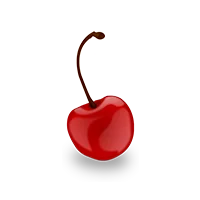 Cherrypy Development
Cherrypy Development
 NodeJS Development
NodeJS Development
 Laravel Development
Laravel Development
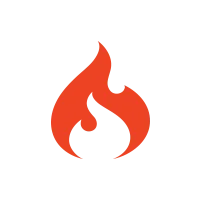 CodeIgniter Development
CodeIgniter Development
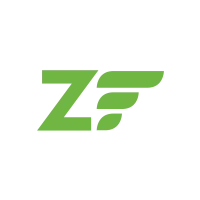 Zend Development
Zend Development
 Ruby on Rails Development
Ruby on Rails Development
 CakePHP Development
CakePHP Development
 PHP Website Development
PHP Website Development
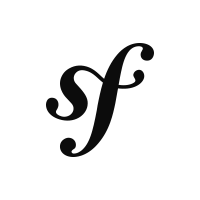 Symfony Development
Symfony Development
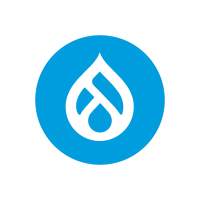 Drupal Development
Drupal Development
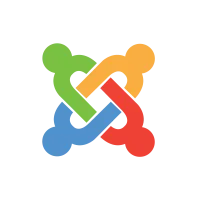 Joomla Development
Joomla Development
 Wordpress Development
Wordpress Development
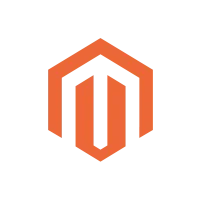 Magento Development
Magento Development
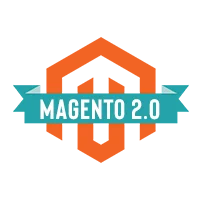 Magento 2.0 Development
Magento 2.0 Development
 Magento Enterprise
Magento Enterprise
 Shopping Cart Development
Shopping Cart Development
 Prestashop Development
Prestashop Development
 Shopify Development
Shopify Development
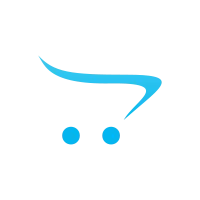 Open Cart Development
Open Cart Development
 WooCommerce Development
WooCommerce Development
 BigCommerce Development
BigCommerce Development
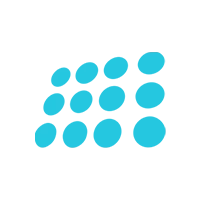 NopCommerce Development
NopCommerce Development
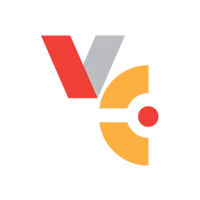 Virto Commerce Development
Virto Commerce Development
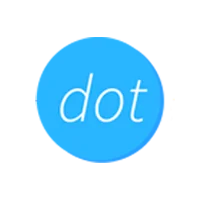 AspDotNetStorefront Development
AspDotNetStorefront Development
 RaspBerry Pi
RaspBerry Pi
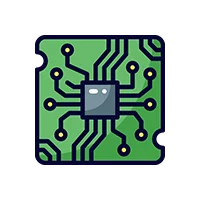 Firmware Software Development
Firmware Software Development
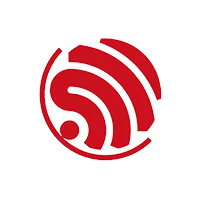 ESP 32 Software Development
ESP 32 Software Development
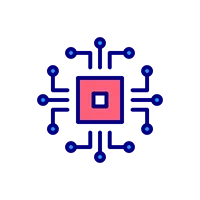 Embedded Development
Embedded Development
 Internet of Things
Internet of Things
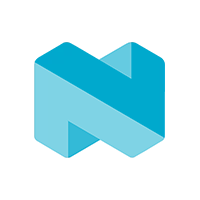 Nordic Development
Nordic Development
 HTML 5
HTML 5
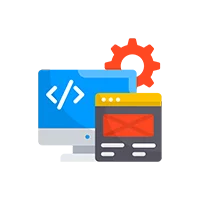 UI/UX Design
UI/UX Design
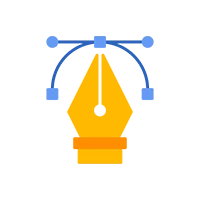 Graphic Design
Graphic Design
 Adobe Photoshop
Adobe Photoshop
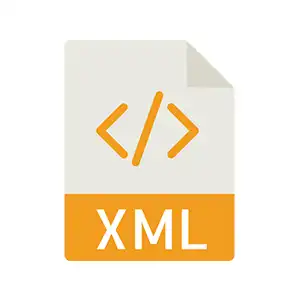 XML Application Development
XML Application Development
 Cloud Computing Solutions
Cloud Computing Solutions
 Azure Cloud App Development
Azure Cloud App Development
 AWS Development
AWS Development
 Google Cloud Development
Google Cloud Development
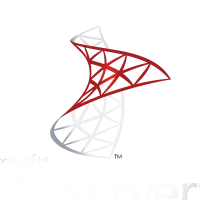 SQL Programming Development
SQL Programming Development
 MySQL Development
MySQL Development
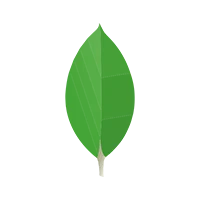 MongoDB Development
MongoDB Development
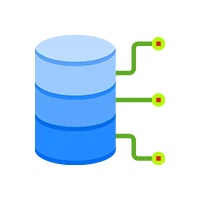 Big Data
Big Data
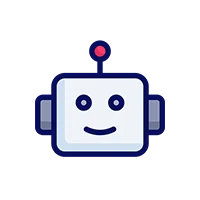 Robotic Process Automation
Robotic Process Automation
 Social Media Marketing
Social Media Marketing
 Search Engine Optimization
Search Engine Optimization
 QA Testing
QA Testing
 Software Testing
Software Testing
 Software Security
Software Security
 Maintenance And Support
Maintenance And Support
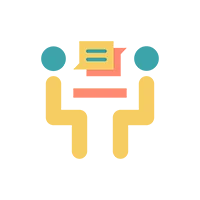 I.T. Consulting Services
I.T. Consulting Services
 Business Intelligence
Business Intelligence
 YII Development
YII Development
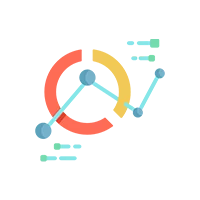 Data Analysis
Data Analysis
 Alexa Skills Development
Alexa Skills Development
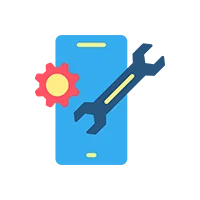 On Demand App for Mobile repairing services
On Demand App for Mobile repairing services
 On Demand App for Car Service Booking
On Demand App for Car Service Booking
 On Demand App for Cleaning Services
On Demand App for Cleaning Services
 On Demand App for Pharmacy
On Demand App for Pharmacy
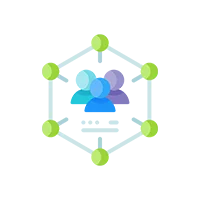 On Demand Dedicated Developers
On Demand Dedicated Developers
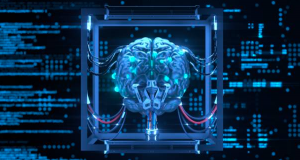






Leave a Reply